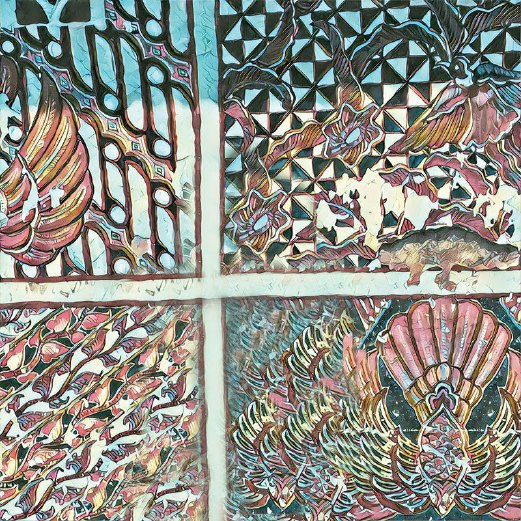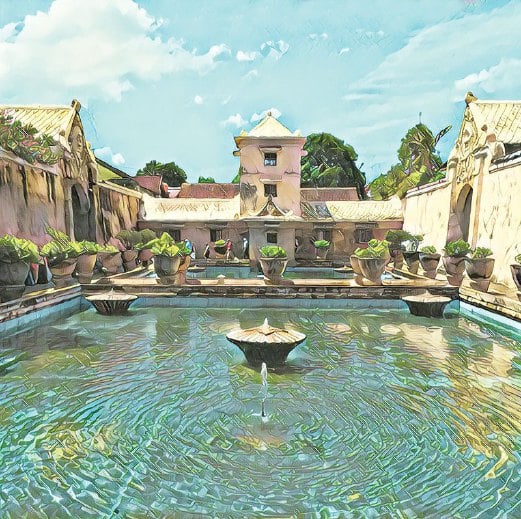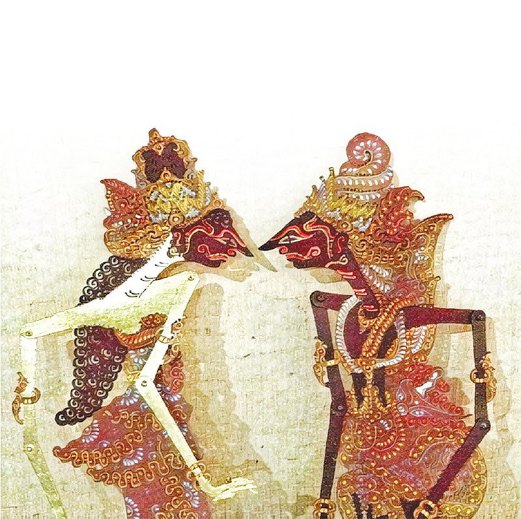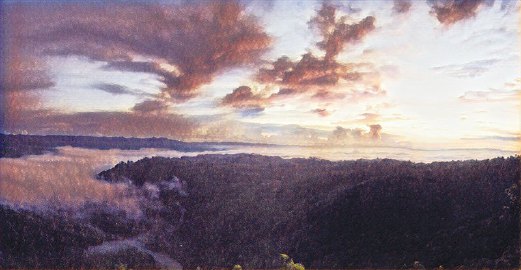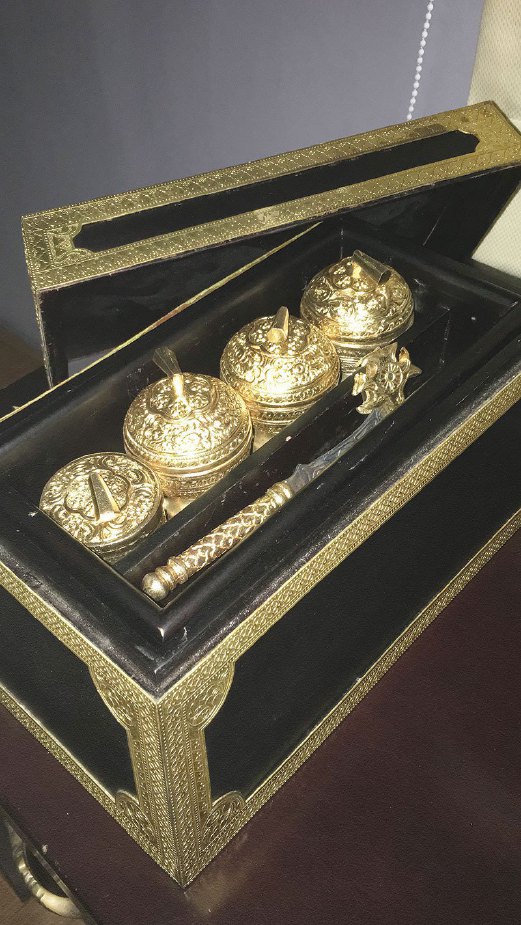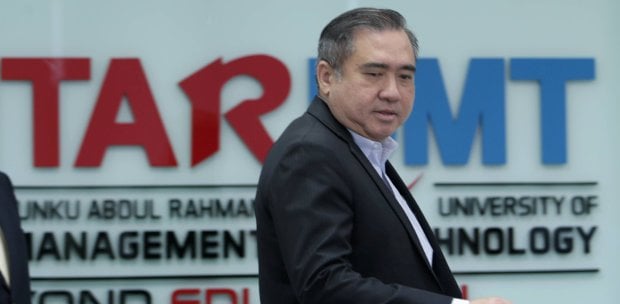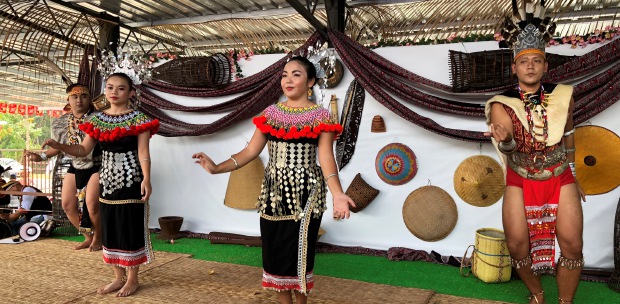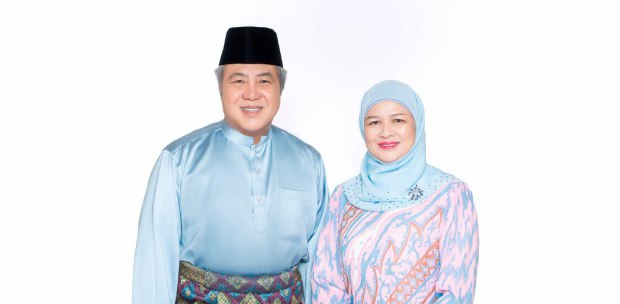Under the rumblings of Merapi, Yogyakarta continues to renew itself while staying rooted to its cultural heritage, writes ninotaziz
THE question often flits through my mind. How does one live and thrive in close proximity to an active volcano?
Gunung Merapi had erupted, a year before I first attended a conference in Yogyakarta in Java. Overcoming my slight apprehension, I finally fell in love with Yogyakarta. The city’s charms are obvious, being adjacent to the sites of some of the most ancient kingdoms of Indonesia. Majapahit. Srivijaya. Sailendra. Mataram. Magnificent candis in Indonesia like Borobodur, Prambanan and Ratu Boko are close by, inspiring beautiful artefacts and artisans who make them.
It’s therefore not at all surprising that this city that’s surrounded by history is rooted in culture and traditions. The Ramayana Ballet, at both Purawistata in the city centre and at Prambanan, is a cultural highlight and a must when visiting Yogya. Walk around the city and you can find wayang kulit at several locations any day in the year. The young express this in the gorgeous graffiti they create on old city walls.
Artisans like the silversmiths have operated for decades, and there are art shops, batik and bamboo craftwork in abundance, if you know where to look.
The pulse of creativity in Yogya amidst this cultural setting is undeniable. To understand this love for culture, the people who live and practice their passion here — Pak Mahyudin Al-Mudra, founder of the Balai Melayu Museum Hotel; Pak Kipar, who has operated his becak (rickshaw) in this city throughout his life; and Pak Ari, third generation Wayang master in the Kraton, share their insights on Yogya.
MALAY WORLD RETREAT
Tucked far away from the city centre is the charming Malay retreat, Balai Museum Hotel. Founder Datuk Mahyudin Al-Mudra from Riau set up the research centre, Balai Kajian dan Pengembangan Budaya Melayu (BKPBM), in Yogjakarta 14 years ago. It seemed strange to do this in Java and not at the traditional Malay strongholds such as Palembang, Riau, Betawi or Minang areas. Pak Mahyudin explained: “Yogyakarta is a cultural and historical city. Everywhere we turn, this is evident. Living in Yogya is like living in mini Indonesia. Each ethnicity is represented, side by side. The Malays by nature are inclusive and open. So I decided to build my research centre for the Malay civilisation, followed by the Museum Hotel, right here in the Javanese stronghold. If it’s strange, so be it.”
Specialising in digitising and setting up the portal www.melayuonline.com the BKPBM conducts seminars, publishes books and receives guests from all over the world to have discourses and forums on the Malay world. Professors from nearby universities provide the necessary consultation and students help with research. The centre has an exceptional library and a beautifully curated Mini Museum amidst a beautifully landscaped Malay garden on different levels, from the ground floor to the rooftops and along hanging balconies.
The mini museum dedicated to Malay tradition and craft showcases the Malay busana (traditional wear), gamelan, keris and other artefacts from different parts of Indonesia and Southeast Asia. Pak Mahyudin also commissioned a full range of miniature Malay houses on display.
To help support the operational costs of the BKPBM, the centre was later converted into a boutique hotel — a unique Malay retreat. To describe the rooms, Pak Mahyudin used the words, “Anggun. Ranggi. Keberagaman. (Elegant. Exciting. Extraordinary.)
Every surface exudes comfort to the touch. Classic songket and intricate wood carvings adorn the interior — on cushions and headrest, while the bathrooms are an extension of the garden and skies above.
UP CLOSE AND PERSONAL
To travel around the city, I decided to opt for the slow becak ride as opposed to the popular Gojet motorbikes for hire. And this is how I meet Pak Kipar, who has been a penarik becak (rickshaw cyclist) almost all of his adult life.
Our route begins at Balai Museum Hotel and we soon find ourselves travelling through the back alleys of Yogya. Suffice to say, we would never have found these surprising nooks if left to our own wanderings in the city. Pak Kipar brings Yogya up close and personal as we travel the pebbled back alleys to the hidden treasures — beautiful residences and lush gardens. Along the way we stop by the largest silversmith shop with silverware so exquisite, you’re bound to be tempted. Later, we get the chance to visit an amazing art shop specialising in batik art, with the Merapi Volcano ever present in the distance.
Pak Kipar’s cheery disposition and informative chatter instantly puts us at ease. Yogya of his childhood, he said, was a lot quieter and there were less people around. Pak Kipar continues to point out Merapi in the distance, a sight that can be seen from every corner of Yogya. It also serves as a constant reminder to not take anything for granted in the city. A reminder to be thankful for each day you get to spend here peacefully, for when Merapi rumbles, it can be chaos very quickly.
That is the way of life here. Perhaps that’s why its people are so creative. Merapi can be so destructive, so the people seek beauty in whatever they do.
SHADOW WORLD
Our onward journey on Pak Kipar’s becak takes us to the wayang kulit artisans who have been on the grounds of the Sultan’s palace, the Keraton Yogyakarta, for decades. Classic wayang is the home of the Javanese shadow puppet masters and makers situated within the walls of the palace itself.
Pak Ari is a third generation wayang kulit master. His youthful rock star looks are deceiving as he speaks with ancient wisdom.
Within minutes of meeting him, he’s telling us who we are deep inside. It’s hard not to be mesmerised.
“In wayang, there is the open side (sisi luar terbuka) and the innerside (sisi rahsia/ sisi dalam) which is secret,” he says, in charming English with a slight Javanese accent. “In wayang, we show the shadows to share the innerside/secret side (sisi dalam). We never judge the open side.”
At this wayang kulit centre within the Keraton grounds, tourists are treated to lectures on the wayang philosophy in Bahasa Indonesia, English and French. The leather puppets are works of art, exquisitely colourful and detailed.
There are many shadow puppet shows around the city. Many are held al-fresco, out in the open. One good place is the Sonobudoyo Museum. Watching the puppet performance with the gamelan orchestra is mesmerising even though understanding the story can be quite a challenge if you are not familiar with the Ramayana tale with a Javanese twist.
Here in Yogyakarta, the creative vibe is so strong that it’s little wonder that the top universities are located here, such as the Gadjah Mada University and Yogyakarta State University.
Almost every activity is fuelled by tourism. The setting up of the new international airport is evidence of this boom. In addition, Yogya is blessed with some of the most breathtaking sceneries too at the Kalibiru National Park, Timang Beach and Jomblang Cave.
CULTURE. CONVERSATIONS. CREATIVE OUTLETS.
Yogyakarta has so much to offer. So despite Merapi in the distance, my yearnings for culture will continue to take me back to Yogyakarta from time to time.


